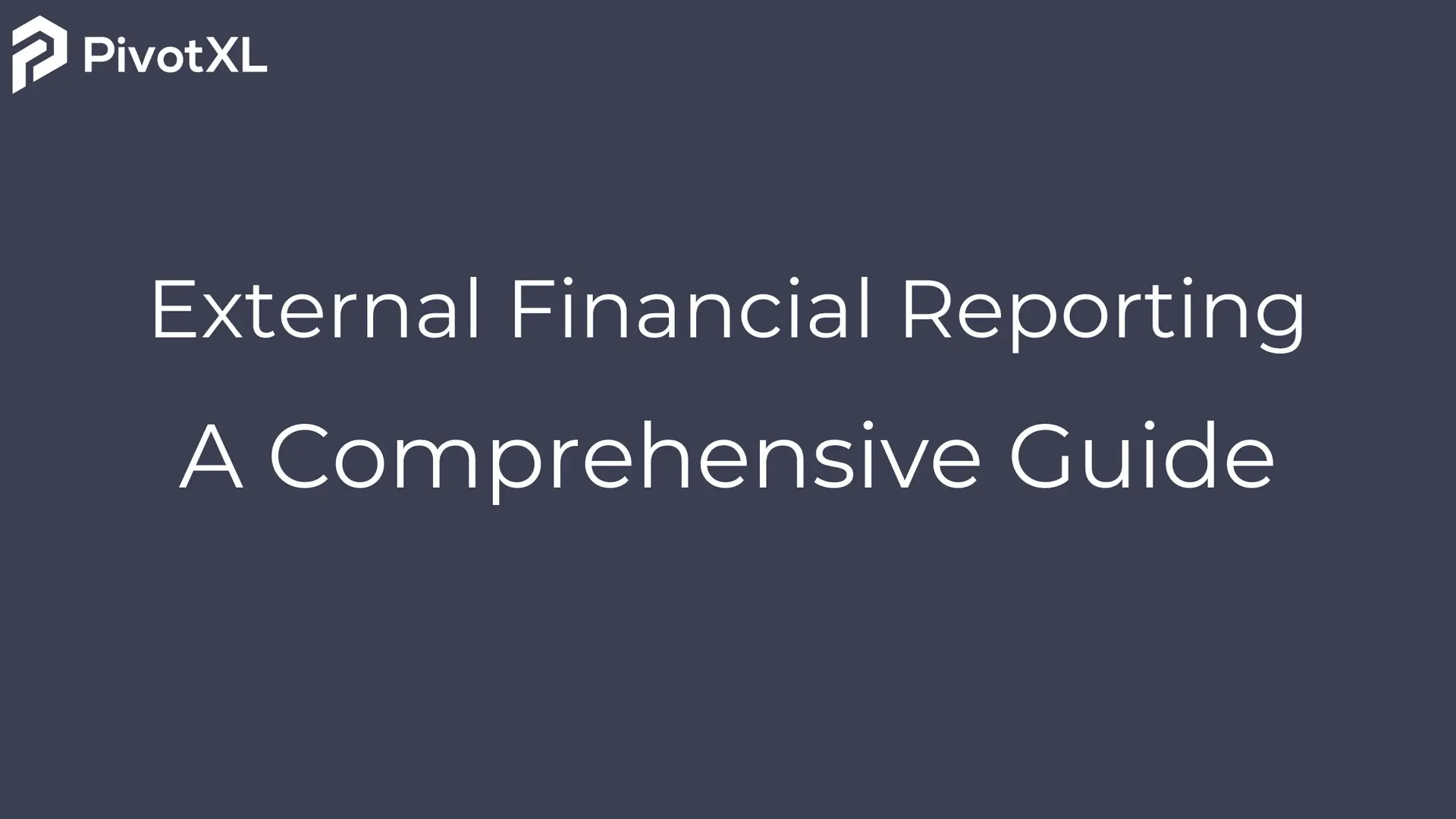In today’s fast-paced business environment, external financial reporting plays a critical role in fostering transparency, building stakeholder trust, and ensuring regulatory compliance. Whether you are an investor, a company executive, or a financial professional, understanding external financial reporting is essential for making informed decisions. This guide will walk you through the fundamentals, importance, and best practices of external financial reporting.
What is External Financial Reporting?
External financial reportings refers to the process of disclosing a company’s financial information to external stakeholders, such as investors, creditors, regulators, and the general public. This information is typically presented in the form of financial statements, including:
- Income Statement: Highlights the company’s revenues, expenses, and profits over a specific period.
- Balance Sheet: Provides a snapshot of the company’s assets, liabilities, and equity at a given point in time.
- Cash Flow Statement: Details the company’s cash inflows and outflows.
- Statement of Changes in Equity: Shows changes in the company’s equity during a reporting period.
Importance of External Financial Reporting
- Transparency and Accountability: External financial reports provide a clear picture of a company’s financial health, ensuring accountability to shareholders and other stakeholders.
- Decision-Making: Investors and creditors rely on these reports to evaluate the company’s performance, profitability, and risk profile.
- Regulatory Compliance: Companies are often required by law to prepare and disclose financial reports that adhere to specific accounting standards.
- Market Confidence: Accurate and timely financial reporting fosters trust and confidence in the company’s operations.
Key Regulatory Frameworks
External financial reportings is governed by various accounting standards and regulatory bodies worldwide, including:
- Generally Accepted Accounting Principles (GAAP): Predominantly used in the United States.
- International Financial Reporting Standards (IFRS): Adopted by many countries globally.
- Securities and Exchange Commission (SEC): Oversees public companies in the U.S.
Best Practices for External Financial Reporting
- Adhere to Standards: Ensure compliance with relevant accounting standards (GAAP or IFRS) to maintain consistency and reliability.
- Timeliness: Publish financial reports promptly to meet regulatory deadlines and stakeholder expectations.
- Accuracy: Implement robust internal controls to minimize errors and ensure data integrity.
- Clarity: Use clear language and visuals, such as charts and graphs, to make reports understandable.
- Technology Integration: Leverage financial reporting software to automate processes, reduce errors, and enhance efficiency.
Challenges in External Financial Reporting
- Regulatory Changes: Keeping up with evolving regulations can be daunting.
- Data Management: Ensuring the accuracy and completeness of financial data is a significant challenge.
- Complex Transactions: Reporting complex financial instruments or mergers requires specialized expertise.
Future Trends in External Financial Reporting
- Sustainability Reporting: Growing emphasis on Environmental, Social, and Governance (ESG) factors.
- Digital Transformation: Increased adoption of advanced technologies like artificial intelligence and blockchain.
- Integrated Reporting: Combining financial and non-financial data for a holistic view of performance.
Conclusion
External financial reportings is a cornerstone of modern business operations, enabling companies to maintain transparency, attract investment, and comply with regulations. By understanding its principles, adhering to best practices, and staying updated on emerging trends, businesses can enhance their financial reporting processes and strengthen stakeholder relationships.




